What is a Brand Campaign?
A Brand Campaign is a strategic marketing initiative undertaken by a company or organization to create, enhance, or maintain its brand identity and image in the minds of its target audience. The primary goal of a Brand Campaign is to establish a strong and positive perception of the brand, build brand recognition, and differentiate the brand from competitors.
These campaigns often involve a series of coordinated marketing activities and messages across various channels, including advertising, social media, public relations, and more. The aim is to convey the brand’s core values, personality, and unique selling propositions (USPs) to consumers.
Brand Campaigns can focus on various aspects, such as:
- Brand Awareness: Introducing the brand to a wider audience or reminding existing customers about it.
- Rebranding: Changing or updating the brand’s image, logo, or positioning in the market.
- Brand Consistency: Ensuring that all brand touchpoints, including advertisements, websites, and customer service, convey a consistent message and visual identity.
- Brand Loyalty: Encouraging customer loyalty and emotional attachment to the brand.
- Brand Recall: Making the brand memorable so that consumers think of it when making purchasing decisions.
- Brand Differentiation: Highlighting what makes the brand unique compared to competitors.
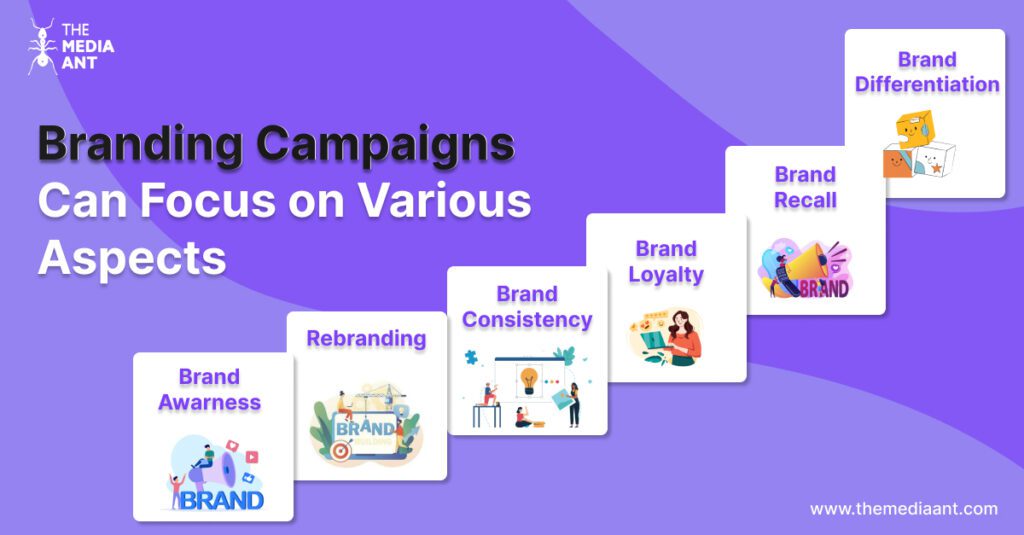
Swiggy’s ‘Voice of Hunger’ Campaign
Swiggy’s ‘Voice of Hunger’ campaign was a social media marketing initiative that offered participants a chance to win a year’s supply of food vouchers on Swiggy. To take part, individuals simply needed to create voice notes on Instagram in the shape of food waveforms, leveraging this innovative feature introduced in 2019.
In the initial 12 hours of the challenge, nearly 10,000 entries flooded in, as noted by P G Aditya, Executive Creative Director at Dentsu Webchutney, the agency behind the campaign. The campaign witnessed participation from various influencers, including Rohan Joshi, Shristi Bansal, comedians, musicians, and rappers, among others.
This social media campaign received recognition by winning 3 Bronze Lions at Cannes Lions 2019 and generating over 16 million social media impressions. Swiggy also experienced a substantial 40% increase in its Instagram followers. You can find more details about this campaign in Swiggy’s digital marketing strategy.
What are the various Objectives of a Brand Campaigns?
The core objectives of brand marketing encompass key goals that are integral to any successful brand marketing strategy:
1. Establish a Distinct Brand Identity
Brand identity, which encompasses elements like the brand name, taglines, logo, tone of voice, color palette, and more, forms the foundation of a brand marketing plan. It aims to create a unique and consistent brand persona that fosters brand recognition and sets the brand apart from competitors.
Example: The Apple logo is one of the most recognizable and iconic symbols globally, and it underscores the significance of a strong brand identity. Simple yet distinctive, making it instantly recognizable. When consumers see the Apple logo, they immediately associate it with the company’s products, values, and reputation.
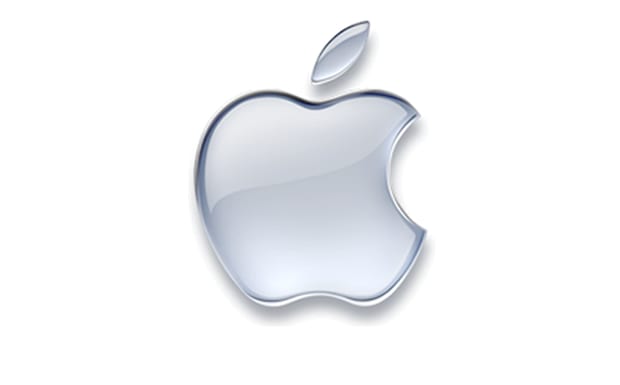
2. Enhance Brand Awareness
Brand awareness, also known as brand recognition, measures how familiar consumers are with a brand or product. Through market research and the creation of brand personas, businesses can tailor their messaging to specific demographics and use various marketing channels to boost awareness among their target audience.
Example: Birds of Paradyes, the hair coloring brand that gained fame on Shark Tank, orchestrated a brilliant strategy for building brand awareness through their Instagram page and the power of customer reviews. By harnessing the authenticity of real-life testimonials from Generation Z customers, they tapped into the influential world of social media. They carefully curated visually appealing, user-generated content showcasing vibrant hair transformations using their products, leveraging the creativity and individuality of their Gen Z audience.
This not only resonated with their target demographic but also encouraged users to share their own experiences, effectively turning satisfied customers into brand ambassadors. The brand also actively engaged with followers, responded to comments, and used popular hashtags to increase discoverability. By fostering a strong online community and harnessing the voice of their satisfied customers, Birds of Paradyes transformed their Instagram page into a dynamic hub for self-expression and hair experimentation, ultimately propelling their brand awareness to new heights.
3. Define Brand Positioning
Identifying what sets a brand apart from its competitors is crucial for effective brand marketing. A strong brand position that highlights a product’s superior features and benefits can create significant buzz around the brand, making it more appealing to consumers.
Example: KFC’s brand positioning revolves around its unique selling proposition—fried chicken with a secret blend of 11 herbs and spices. This distinctive and closely guarded recipe sets KFC apart from competitors and creates a sense of curiosity and intrigue among consumers. The “Original Recipe” chicken has become synonymous with KFC’s brand identity.
4. Craft a Compelling Brand Narrative
The brand story communicates the brand’s purpose, values, and mission. By developing an authentic and engaging narrative through a comprehensive content marketing strategy, brands can connect with their audience on a deeper level and convey their values effectively.
Example: The third installment in Vicks’ Touch of Care series revolves around the life of Dr. Dyaneshwar Bhosale, a dedicated pediatrician who tragically lost his battle with Covid-19 in July 2020. The touching narrative is skillfully presented by his wife, Priyanka Bhosale. While the initial two films in the ‘Touch of Care’ series highlighted heartwarming stories of children who found love and care through adoption, the third installment shifts the focus to the countless children whose lives were positively impacted by Dr. Bhosale’s compassionate care.
Notably, the first two films in the series, which celebrated adoption, shed light on rare diseases, and highlighted the experiences of transgender individuals, were also met with widespread acclaim. These films, featuring remarkable stories like those of Gauri Sawant, David, and Alomo Lobo, passionately advocated for the adoption of children.
5. Foster Customer Loyalty
Brand marketing focuses on long-term objectives, including customer retention. While acquiring new customers is essential, nurturing and retaining loyal customers provides a dependable customer base. Trust is a critical component, and a successful brand marketing campaign builds trust through honest and consistent brand messaging and actions.
Example: Amul’s years of success in India is a prime example of exceptional customer loyalty is a result of several key factors. Firstly, Amul has consistently delivered high-quality dairy products, earning the trust of consumers over the decades. Its affordability and wide product range ensure that Amul remains accessible to a diverse customer base, from rural villages to urban centers.
Moreover, who could possibly forget the beloved Amul girl and their iconic song ‘Mere ghar aangan’, which has forged a deep emotional connection with the audience.
What are the Challenges of a Brand Campaign?
Measuring return on investment (ROI) can be one of the biggest challenges in a Brand Campaign due to several inherent complexities associated with brand impact and long-term objectives:
1. ROI
Brand Campaigns typically have long-term objectives, such as building brand awareness, fostering trust, and enhancing brand loyalty. These objectives may not yield immediate, quantifiable results. As a result, measuring ROI in the short term can be challenging, and the true impact of branding efforts may take years to fully realize.
2. Attribution
Brand Campaigns often involve multiple touchpoints and interactions with consumers across various channels, including advertising, social media, public relations, and customer service. Attribution of specific results to individual touchpoints becomes challenging, making it difficult to isolate the direct impact of each element on ROI.
3. Inability to Measure
Many branding outcomes are qualitative in nature, such as improved brand perception, increased customer trust, or enhanced brand loyalty. These metrics are challenging to quantify and express in monetary terms, making ROI calculations less straightforward.
4. Time Taking
Brand Campaigns can have delayed effects on consumer behavior. It may take time for consumers to internalize the brand message, recognize the brand, and form a connection. Tracking this gradual shift in consumer behavior and associating it with the branding efforts is complex.
5. Interplay with Other Factors
Branding efforts can interact with various external factors, including market conditions, competition, economic trends, and consumer sentiment. These external influences can complicate the measurement of ROI as it becomes challenging to attribute changes solely to Brand Campaigns.
Brand Campaigns are often part of a broader marketing strategy that includes various initiatives. Measuring the isolated impact of the Brand Campaign within this integrated effort can be intricate.
6. Brand Equity
Building brand equity is a common goal of Brand Campaigns. While brand equity is valuable, it can be challenging to assign a specific monetary value to it. The benefits of brand equity, such as premium pricing or increased customer loyalty, are often indirect and accumulate over time.
7. Lack of Direct Response
Unlike direct marketing campaigns where consumers may respond immediately by making a purchase or taking a specific action, Brand Campaigns often aim to create a positive, lasting impression. This lack of direct response makes it harder to tie specific actions to ROI.
To address these challenges, companies may employ a combination of quantitative and qualitative metrics, such as brand surveys, customer sentiment analysis, brand recall studies, and tracking changes in brand-related search queries and social media mentions. While ROI measurement in Brand Campaigns is challenging, it remains essential to assess the effectiveness of branding efforts and make informed decisions about resource allocation and strategy refinement.
How to measure the Effectiveness of your Brand Campaign?
Measuring the effectiveness of Brand Campaigns is crucial to determine their impact on brand perception and audience engagement. Here are several key methods and metrics to consider:
Brand Lift Study- An Effective way to Measure Brand Campaign
A Brand Lift Study is a highly effective method to gauge the success of Brand Campaigns. It offers valuable insights into how consumers perceive and engage with a brand after exposure to specific marketing efforts. This process typically begins with a baseline measurement of crucial brand metrics before launching the campaign, including brand awareness, favorability, purchase intent, and recall.
As the campaign rolls out, a targeted audience is exposed to the branding content, while a control group remains unexposed for comparison. By comparing the responses and changes in metrics between the exposed and unexposed groups, marketers can precisely measure the impact of their branding efforts, allowing for data-driven adjustments and improvements in future campaigns.
What does a brand lift study do?
A brand lift study is a market research technique used to measure the impact of advertising or marketing campaigns on key brand-related metrics and consumer perceptions. The primary purpose of a brand lift study is to assess how effectively a campaign has influenced consumer behavior and attitudes toward a brand. Here’s what a brand lift study typically does:
- Measures Brand Awareness: It gauges whether the campaign has increased brand awareness by assessing whether more consumers recall the brand or recognize its logo or messaging after exposure to the campaign.
- Evaluates Brand Perception: A brand lift study assesses changes in how consumers perceive the brand, including their attitudes, associations, and sentiments. It can determine if the campaign has positively influenced brand perception.
- Assesses Purchase Intent: The study can measure whether exposure to the campaign has resulted in a higher likelihood of consumers considering or intending to purchase the brand’s products or services.
- Tracks Recall and Message Retention: It assesses how well consumers remember specific campaign messages or content and whether the campaign’s messaging has resonated with the audience.
Agencies/platforms that conduct brand lift studies
Several reputable agencies and platforms offer Brand Lift Studies to help businesses measure the impact of their Brand Campaigns effectively. Here are a few notable ones:
1. Meta (formerly Facebook): Meta provides a comprehensive suite of advertising tools, including Brand Lift Studies, to assess the effectiveness of ads on their platforms. These studies measure metrics like ad recall, brand awareness, and purchase intent among users exposed to specific campaigns.
2. Google: Google’s Brand Lift Studies, part of their Google Ads platform, offer insights into how YouTube and display ads influence brand perception and consumer behavior. These studies use survey-based methods to measure metrics like brand awareness, ad recall, consideration, and favorability.
3. Kantar: Kantar is a global research and consulting firm known for its expertise in brand and marketing insights. They offer Brand Lift Studies that provide a deeper understanding of campaign performance, helping businesses optimize their advertising strategies.
4. Nielsen: Nielsen is a well-established market research company that offers Brand Lift Studies to assess the impact of digital advertising. These studies measure key metrics such as ad recall, brand favorability, and purchase intent to provide actionable insights for advertisers.
Each of these agencies brings its unique approach and expertise to Brand Lift Studies, enabling businesses to make informed decisions and enhance the effectiveness of their Brand Campaigns.
What are the metrics of a brand lift study?
A Brand Lift Study typically measures various metrics to assess the impact of a Brand Campaign accurately. These metrics provide insights into how the campaign has influenced consumer perception and behavior. The specific metrics may vary depending on the platform or agency conducting the study, but here are some common ones:
1. Ad Recall: This metric measures the percentage of survey respondents who remember seeing or interacting with the brand’s advertisement.
2. Brand Awareness: It assesses the increase in awareness or recognition of the brand among the target audience after exposure to the campaign.
3. Brand Favorability: This metric gauges whether consumers have a more positive perception of the brand after encountering the campaign.
4. Purchase Intent: It measures the likelihood of survey respondents to consider or purchase the brand’s products or services as a result of the campaign.
5. Message Association: This metric evaluates whether consumers correctly associate specific brand messages or values with the brand after exposure to the campaign.
6. Engagement Metrics: These can include metrics like shares, likes, comments, and social media engagement, indicating how effectively the campaign engaged the audience.
7. Brand Lift Index: Some studies generate a composite index that combines multiple metrics to provide an overall measure of the campaign’s impact on brand perception and behavior.
What Factors Affect a Brand Lift?
Factors affecting brand lift are essential considerations when assessing the effectiveness of a Brand Campaign. Let’s elaborate on the key factors:
1. Reach:
Reach refers to the number of unique individuals or households exposed to a brand’s advertisement. It plays a crucial role in brand lift because the larger the reach, the more potential consumers are exposed to the campaign. However, reaching the right audience is equally important. Targeted reach ensures that the campaign resonates with the intended demographic, increasing the likelihood of a positive brand lift.
2. Frequency:
Frequency measures how often an individual or household is exposed to the same advertisement. It can significantly impact brand lift. A balanced frequency level ensures that consumers see the brand’s message enough times to remember it without experiencing ad fatigue. Too few exposures might result in low ad recall, while excessive frequency can lead to annoyance and a negative impact on brand perception.
3. Ad Memorability:
Ad memorability assesses how well the advertisement sticks in the minds of viewers. Memorable ads are more likely to generate positive brand lift. Elements such as creative storytelling, compelling visuals, catchy jingles, and unique messaging contribute to ad memorability. Memorable ads can leave a lasting impression and reinforce brand awareness and favorability.
4. Message Consistency:
Message consistency refers to how well the brand’s message aligns with its overall branding strategy and values. Inconsistencies in messaging can confuse consumers and negatively impact brand lift. Campaigns should ensure that the messaging is clear, cohesive, and aligned with the brand’s identity. Consistency across different ad placements and channels also contributes to a more effective Brand Campaign.
Indirect Methods to do Brand Lift Study
Measuring the effectiveness of a Brand Campaign is a multifaceted task that requires a combination of quantitative and qualitative methods. Here’s how Traffic on Branded Keywords, Brand Surveys, and Website Traffic can be employed to evaluate the impact of such a campaign:
1. Traffic on Branded Keywords:
An increase in web traffic generated by users searching for branded keywords associated with your company or products is a strong indicator of heightened brand awareness and interest. This surge in organic or paid search traffic using branded terms demonstrates that consumers are actively seeking out your brand, a clear sign that the campaign has successfully etched your brand into their minds.
By tracking these trends, you can measure the campaign’s effectiveness in boosting brand recognition and engagement, ultimately connecting the dots between your branding efforts and increased online visibility.
2. Brand Surveys:
Conducting brand surveys before and after the campaign provides quantitative data on shifts in consumer perceptions. These surveys can assess changes in metrics like brand awareness, favorability, and trust. By understanding how the campaign has influenced these aspects, you can gauge its impact on altering consumer sentiments toward your brand.
Additionally, qualitative insights from open-ended survey questions can unveil specific elements of the campaign that resonated with the audience or areas that may require refinement, offering valuable guidance for future branding strategies.
3. Website Traffic:
A Brand Campaign’s success can be reflected in website traffic patterns. Notably, an upswing in visitor volume, particularly during and after the campaign’s run, indicates heightened interest and engagement driven by your branding efforts. Analyzing user behavior, such as the number of unique visitors, page views, and session duration, allows you to assess the campaign’s effectiveness in drawing audiences to your online platforms.
Moreover, user engagement metrics like bounce rates and conversion rates offer insights into whether the campaign effectively engaged and retained visitors, providing a comprehensive view of its impact on audience interaction and brand affinity.
4. Organic CTR:
Organic Click-Through Rate (CTR) serves as a key indicator of the effectiveness of a brand campaign. It provides valuable insights into audience engagement and content relevance. A high organic CTR suggests that the campaign’s messaging resonates with the target audience, compelling them to click and engage with the content. It indicates that the campaign is not only attracting attention but also driving user interest and action.
Brand Lift Study- Case Study/Example
Till now you’ve become familiar with the basics of Brand Lift Study, however just to make the process of BLS clearer here’s a case study of a prominent automobile brand. Before we proceed, let’s be well versed with ‘How is a brand lift study conducted?’.
The methodology of a Brand Lift Study includes the brand parameters that are extracted from the control and exposed audience sets. The observed differences (Delta) between the two sets of groups are then compared and reported, to decipher the impact of the campaign on specific brand parameters.
Control audience set: These are the set of consumers who have never come across the brand’s advertisement.
Exposed audience set: These are the set of consumers who have been exposed to the brand’s advertisement.
Automobile Brand-Case Study
Campaign Background
▪ The automobile brand ran a campaign on JioCinema during Indian Premier League (IPL) 2023 across Connected TV via multiple video creatives.
▪ The objective was to decipher the impact created by the CTV campaign in driving Awareness and Purchase Intent for the Brand.
Research Objectives
Measuring the impact of the Brand’s campaign on the following brand metrics:
❑ Aided Awareness
❑ Online Ad Awareness
❑ Message Association
❑ Brand Favorability
❑ Purchase Intent
❑ Brand Attributes
Target Audience
- Males & Females
- 18-45 years
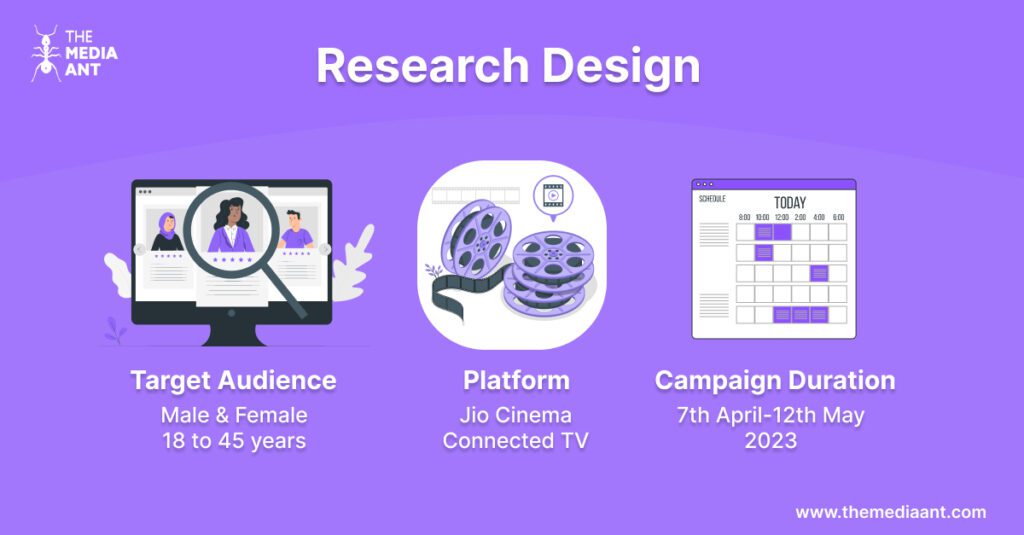
Platform
- JioCinema during IPL
- Connected TV
Overall, the campaign has aided in driving Brand Salience, Ad Receptivity, Key Message, Brand favorability, Purchase Intention and all the Brand Propositions through the campaign.
Respondent Profile of BLS
The respondents of the campaign were as follows:
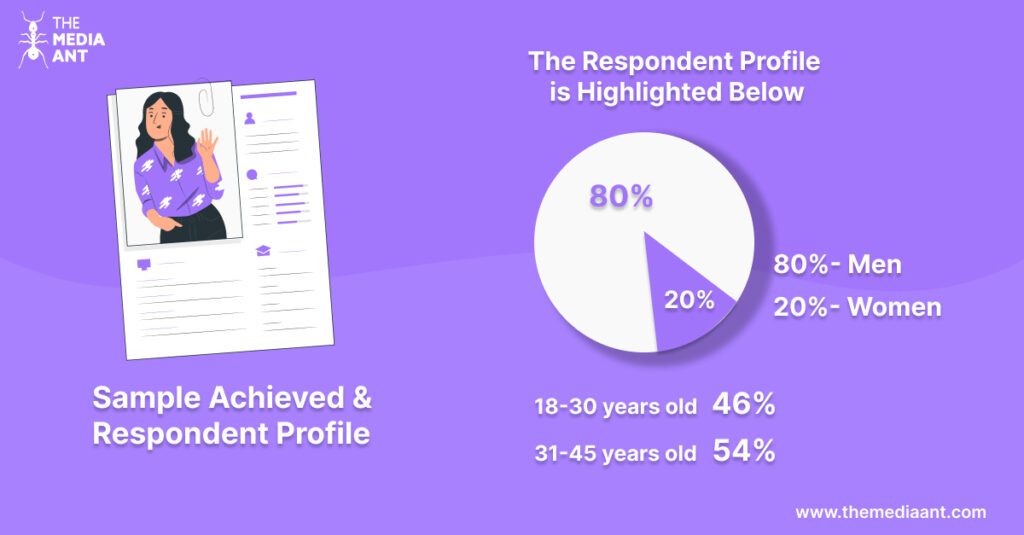
Results achieved from BLS
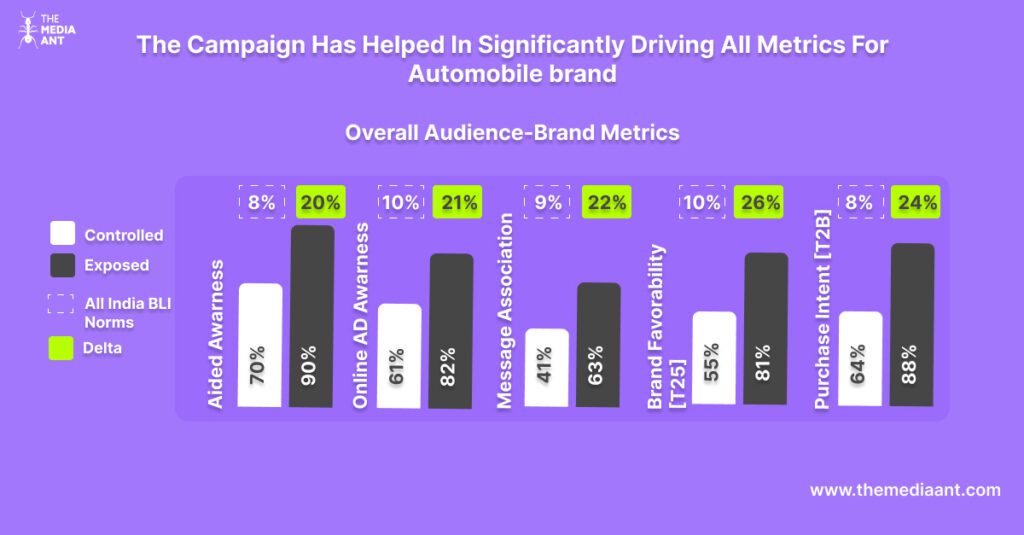
Overall Audience- Brand Attributes
The below infographic is a representation of the Control audience and the Delta.
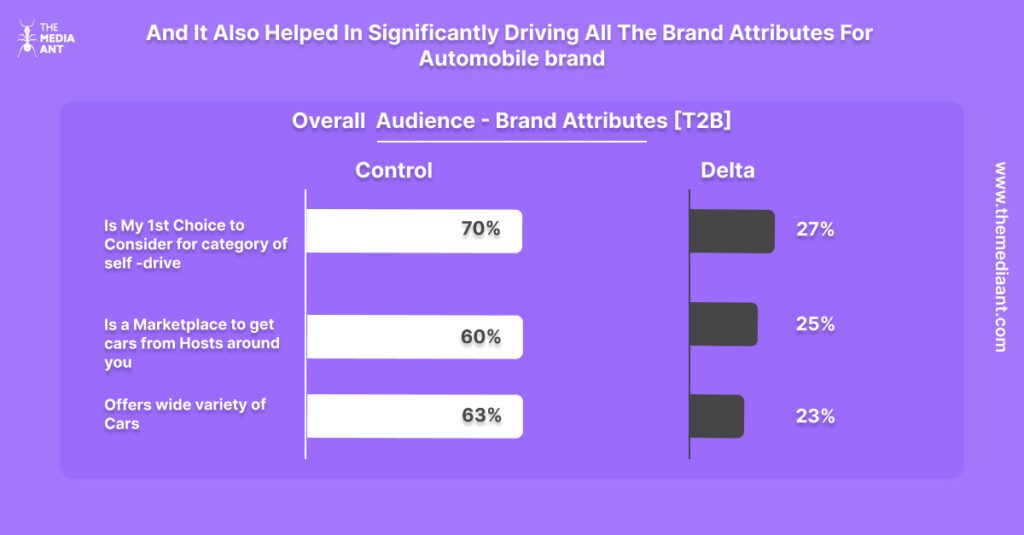
Who can opt for a brand lift study?
Brands that have a sufficiently large and engaged audience are well-suited for conducting a Brand Lift Study. The key reason for this is that the effectiveness of a Brand Lift Study relies on having an adequate sample size. This sample typically consists of two distinct groups: the control set and the exposed audience.
- Control Set: This group represents a portion of your audience that is not exposed to the brand campaign. They serve as the baseline against which you’ll measure the campaign’s impact. By comparing the behavior and perception of this group with the exposed audience, you can assess the campaign’s effectiveness in driving key metrics.
- Exposed Audience: This group comprises the audience that is exposed to your brand campaign. They experience the campaign’s messaging, whether through ads, content, or other promotional efforts. The goal is to measure any changes in their behavior or perception as a result of this exposure.
To obtain statistically significant and reliable results in a Brand Lift Study, you need a sufficiently large sample size in both the control and exposed groups. This ensures that any observed changes in metrics like brand awareness, ad recall, purchase intent, or favorability are not due to random variation but are genuinely attributable to the campaign.
In essence, a sizable audience is necessary to conduct a Brand Lift Study because it allows for a meaningful comparison between the control and exposed groups, enabling brands to make data-driven decisions about the impact and effectiveness of their branding efforts.
Conclusion
In today’s competitive advertising arena, brand lift studies are invaluable for assessing campaign impact beyond surface metrics. To run successful and result-oriented campaigns and get exclusive brand lift studies, collaboration with experts like The Media Ant is essential. Our proficiency in media planning, data-driven approach, and access to diverse media channels make them ideal partners for conducting effective brand lift studies.
With The Media Ant’s insights, advertisers can make informed decisions, optimize strategies, and maximize ROI, ensuring their campaigns resonate with their target audience and drive brand growth in an ever-evolving market.

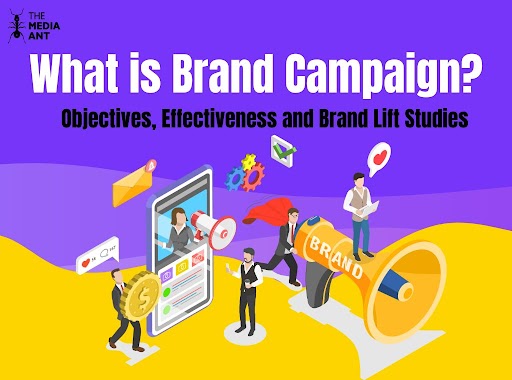
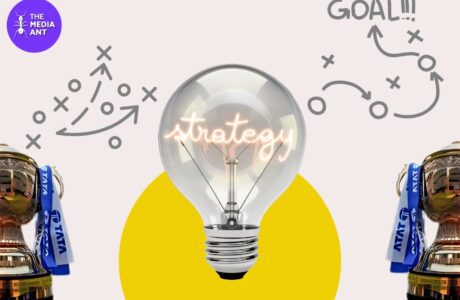
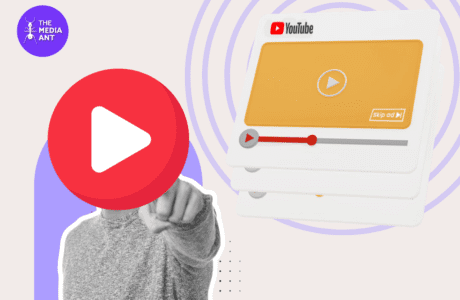


Good information to know and right to the point on Voice of media. Thanks for this well written post related to Voice of media, i’ll follow up for more updates if you keep posting.
Voice of media tvbharat